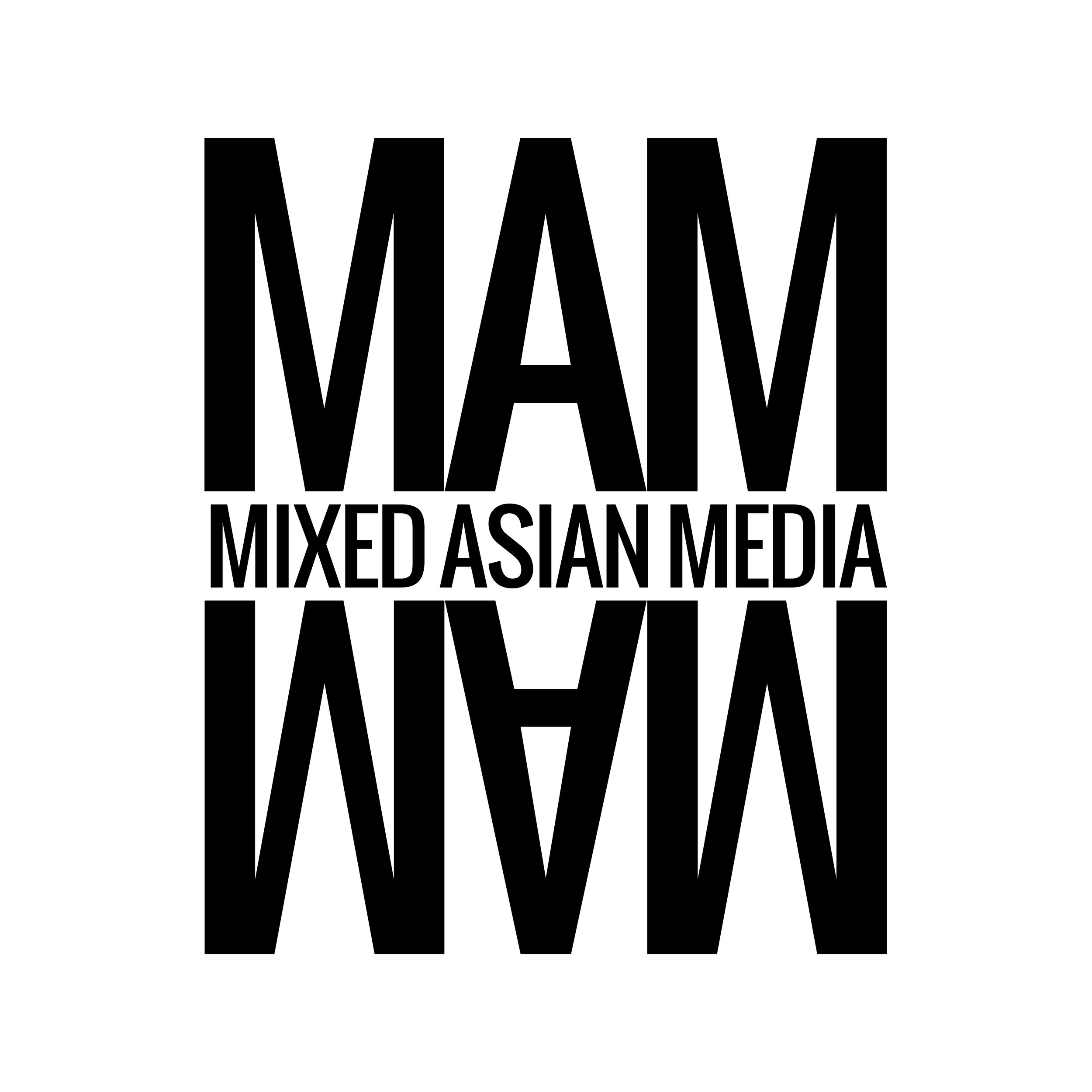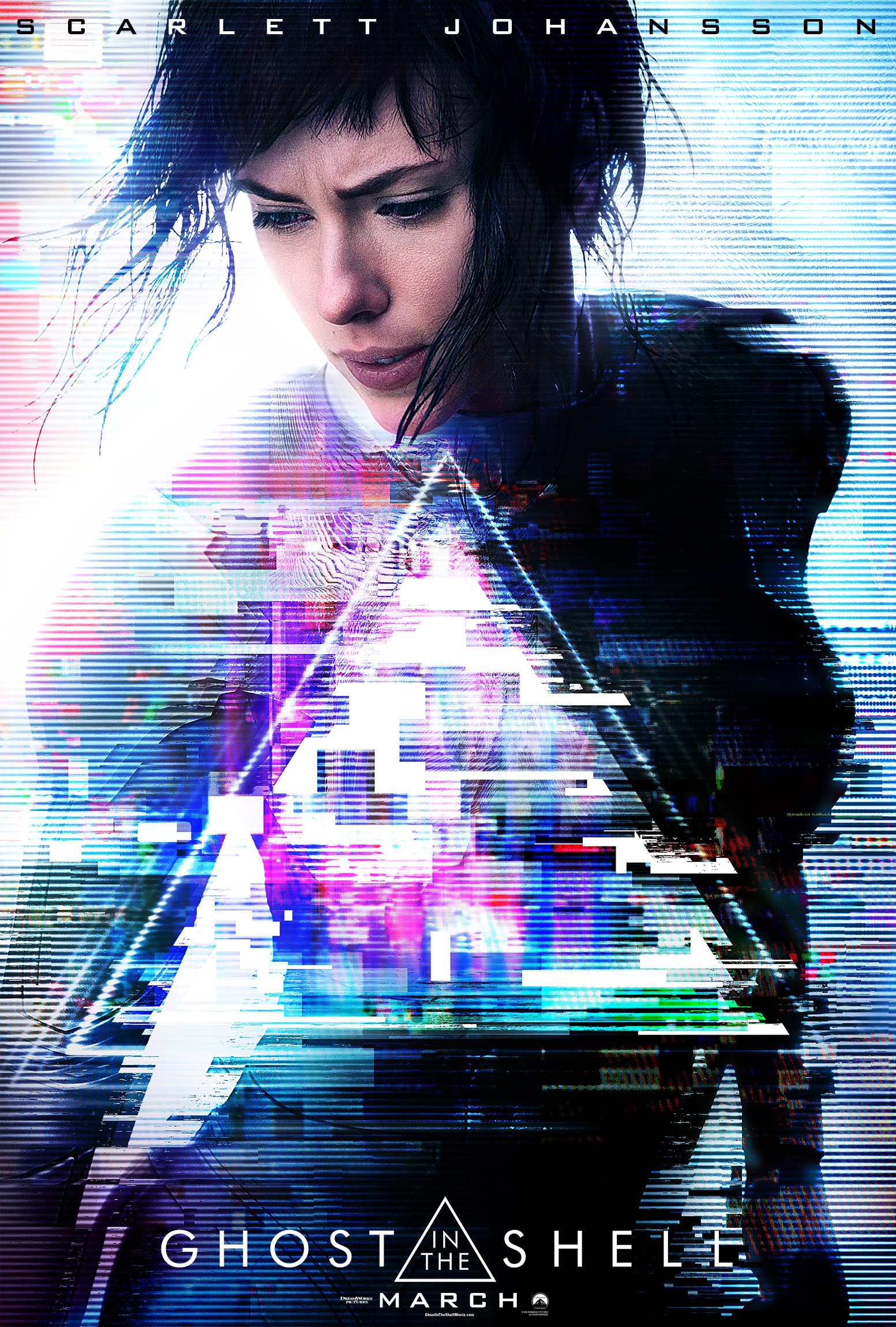Ghost In The Shell: Redux
Mixed Asian Media - March 25, 2022
By Nathan Liu
In 2017, DreamWorks released a big-budget, live-action adaptation of the popular anime Ghost In The Shell. It was a box office bomb, and critical reception was muted, with it currently holding a 43% approval rating at Rotten Tomatoes. It was also highly controversial, with particular criticism aimed at its casting. (The original anime is set in a futuristic Japan, and yet virtually all the leads in the adaptation are white). Many people, myself included, protested the film, and were very happy when it failed. We were even happier when, not too long after, three movies — Crazy Rich Asians, Searching, and To All The Boys I’ve Loved Before — became big hits, and ushered in a new era of AAPI content.
Five years later, I decided to go back and reassess Ghost In The Shell. My primary reason was that, since 2017, things have greatly improved for Asian people in Hollywood. When Ghost In The Shell came out, there weren’t many movies or TV shows starring AAPI actors, and it hurt to see this big, potentially career-making role go to a White woman. In 2022, however, Asian Americans have gotten the chance to see Constance Wu, Awkwafina, Gemma Chan, Jessica Henwick, and Kelly Marie Tran headline blockbusters. So maybe it’d be possible to divorce Ghost In The Shell from the initial controversy, and appreciate it on its own terms. Maybe even find some merit in it. So I went to Amazon Prime, gave it a look, and let me tell you, rewatching this film was weird.
I didn’t hate it as much as before, and there were even some parts — like the special effects, production design, and Pilou Asbaek’s performance — that I was able to better appreciate. At the same time, however, watching the film again reminded me of all the things I initially disliked. Such as how stilted the dialogue is. How stiff and monotone most of the actors are. And how little development the supporting cast is given. Watching the picture again also highlighted something for me. This isn’t really an adaptation of Ghost In the Shell. Sure, the characters have the same names, and a few shots are taken directly from the anime, but, otherwise, this flick’s story is entirely original, with a different villain, different ending, and a plot twist that wasn’t in any of the source material. But we’ll get to that later.
What stuck out to me most, though, was the racial content. When I decided to revisit the film, I told myself I wasn’t going to focus on the controversy. But as I rewatched the movie, I couldn’t help but do so. There were just too many reminders. Like, if the flick isn’t set in Japan, and the characters aren’t supposed to be Japanese, why do they have Japanese names, like Batou, Kuze, Togusa, and Aramaki? Why are all the street signs in Kanji? Why do we see yakuza and robot geishas? And what the hell was that twist ending?
For those of you who don’t know, both the 1995 anime and 2017 adaptation are sci-fi cop thrillers, set in a future where people can get part of, or even their entire body, replaced with cybernetic augmentations. But whereas the original focuses on the main character, Motoko Kusanagi, tracking down a sentient computer program called The Puppet Master, Ghost In The Shell (2017) tells the story of Mira Killian. She’s a refugee from [somewhere] who was turned into a cyborg after her body was damaged when she arrived in [whatever country this story takes place in]. She becomes a cop, and is tasked with finding a terrorist named Kuze. When she tracks him down, though, he reveals that the two of them were part of the same program, wherein a big, evil robotics corporation kidnapped people, and turned them into cyborgs. She, as it turns out, was a Japanese girl named Motoko Kusanagi, whose brain was put into the body of a white woman. This shocks Mira/Motoko, who orders the head of the corporation’s death, and then reunites with her mother.
I had no idea what to make of this twist the first time I saw the movie. And to be perfectly frank, I still don’t. Was this the filmmakers’ attempt to explain away the white-washing? Was this their idea of a cute reference to the original? Was it them trying to make some kind of commentary on race, like how corporations uphold white beauty standards? Because if it’s the latter, they don’t really make that clear. While we do see people of different backgrounds in this film, no one ever acknowledges these differences. Likewise, when Mira discovers her true identity as Motoko, she doesn’t react the way you’d expect. In fact, she doesn’t really react at all. Which is kind of weird.
Maybe this was deliberate. Maybe the filmmakers were trying to show a world where people have moved past superficial divisions like skin color, since bodies are just vessels that can be replaced. But if that’s the case, if they wanted to show a reality without racial or ethnic divides, then why did they show people speaking different languages? (We hear English, Japanese, and French throughout the film). Why did they make sure to let us know that this world still has distinct nation states? (There’s a scene at the beginning of the movie where representatives of the robotics firm meet with leaders of the “African federation,” and Mira initially thinks that she’s a refugee who fled to “this country”). And speaking of “this country,” why does it have such a distinctly Japanese aesthetic? I already mentioned the Kanji, yakuza, and geisha, but we also see paper lanterns hanging outside buildings, characters eating rice with chopsticks, and caring for bonsai trees. How is this country not Japan? No, really. How?
Anyway, rewatching Ghost In The Shell was an edifying experience. It confirmed my initial assessment — this is a bad movie with a bad twist — but it also made me realize how important the film is in the AAPI canon. What I mean by that is, when Ghost In The Shell failed, it forced Hollywood to do better. It made them realize that certain views — like the notion that no one wants to see movies with Asian leads — aren’t popular anymore, and that if they wanted to make money, they’d have to switch their approach. That is, hire Asian writers, directors and actors to tell Asian stories. And you know what? Doing so has largely worked out for them. Crazy Rich Asians, Searching, and Shang-Chi all became blockbusters. The Farewell and Minari managed to make money and win awards. And it’s all because Hollywood realized that cutting Asian people out of Asian stories wasn’t working. So, in a weird way, we have Ghost In The Shell to thank for the golden age of AAPI content we’re living in now. Because with it, Hollywood had a clear low point. A road map as to what not to do. And if that’s the film’s legacy — being a catalyst for greater AAPI representation — then I guess it does have a place in our canon.
Nathan Liu is a screenwriter, playwright, and true blue pizza addict. Spending most of his early life in Germany, and being part Chinese on his father's side, Nathan was exposed to many different cultures growing up. His experience in film and theater includes penning scripts for Pixeldust Studios, and writing the play "Christmas By The Pond," which was awarded "Best One Act" at the Broke People Play Festival. Follow him on Twitter @TheNathanLiu, and read his blog, Liusviews.wordpress.com.


